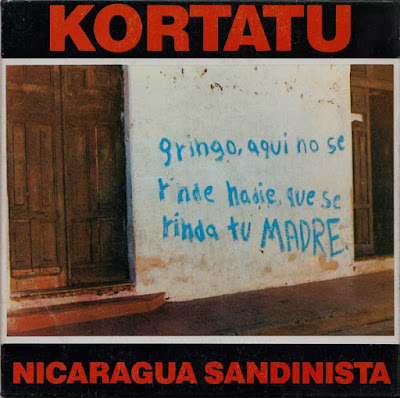Clannad bridged the gap between traditional Celtic music and pop. Their results were usually an entrancing, enchanting form of pop that managed to fuse the disparate elements together rather seamlessly. Such fusions have earned the band an international cult of fans.
Taking their name from the Gaelic word for "family," Clannad formed in 1970 when the Brennan family -- Máire (vocals, harp), Ciarán (vocals, guitar, bass, keyboards), Pól (guitar, percussion, flute, vocals) -- began playing at their father Leo's tavern with two of their uncles, Pádraig Duggan (guitar, vocals, mandolin) and Noel Duggan (guitar, vocals). Soon afterward, the group began playing folk festivals in Ireland. They released their self-titled first album in 1973, yet the band didn't earn any widespread success until they toured Germany in 1975.
From a latter-day vantage point, Clannad's first album is probably too pop-oriented for traditionalists, but too traditional in feel for those who were attracted to the group's later pop-oriented recordings. For those listeners without any particular preconceptions, it's an invigorating blend of Irish traditional folk with modern influences. More than any of Clannad's subsequent albums, this debut bears the influence of the eclectic, jazzy edge of Pentangle, particularly in the fat double basslines; Maire Brennan's high, pristine vocals show an affinity with Pentangle's Jacqui McShee as well.
Maire's harp and Paul Brennan's flute, however, give the music a strong Irish stamp. Sung mostly in Gaelic and occasionally in English, the material is quite varied in scope, and the arrangements and vocals are vastly pretty and melodic. The cover of Tim Rose's "Morning Dew" that concludes the album is one of the best versions ever of this oft-covered folk-rock tune.
Tracklist:
- "Níl Sé Ina Lá (Níl Sé'n Lá)" – 4:50
- "Thíos Cois Na Trá Domh" – 2:55
- "Brian Boru's March" – 3:50
- "Siúbhán Ní Dhuibhir" – 4:30
- "An Mhaighdean Mhara" – 2:10
- "Liza" (Padraig Duggan, Pól Brennan) – 2:00
- "An Toileán Úr" – 4:03
- "Mrs. McDermott" (Turlough O'Carolan) – 3:03
- "The Pretty Maid" – 2:40
- "An Pháirc" (Mick Hanly) – 3:00
- "Harvest Home" – 1:40
- "Morning Dew" (Bonnie Dobson, Tim Rose) – 3:45
- "An Bealach Seo 'tá Romham" – 2:42 (bonus track)
Clannad - Same (1973)
(320 kbps, cover art included)







.gif)



